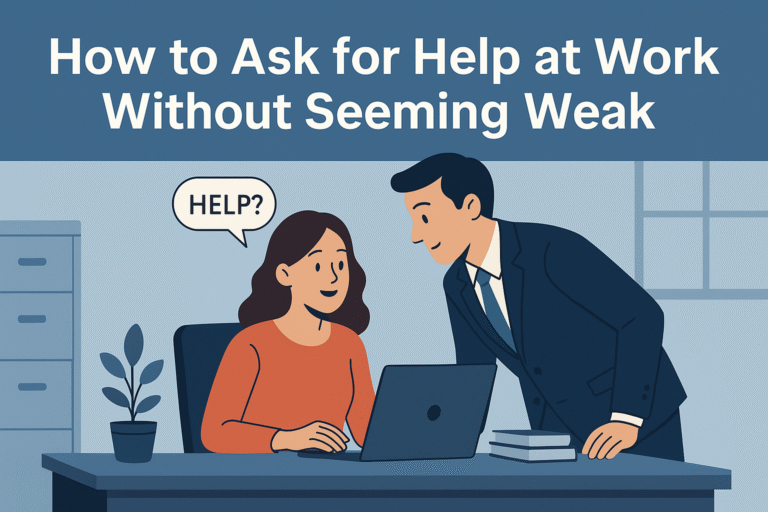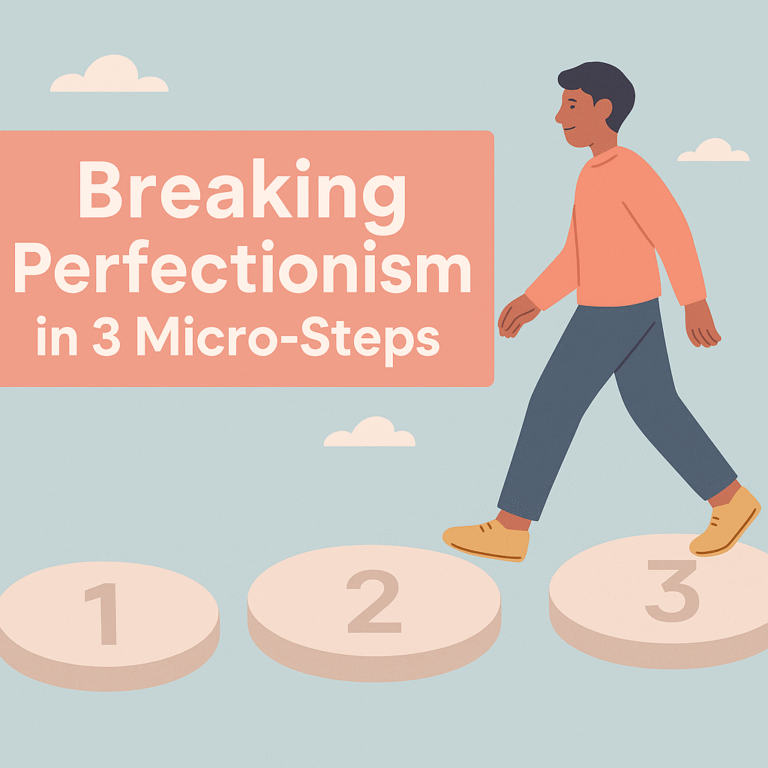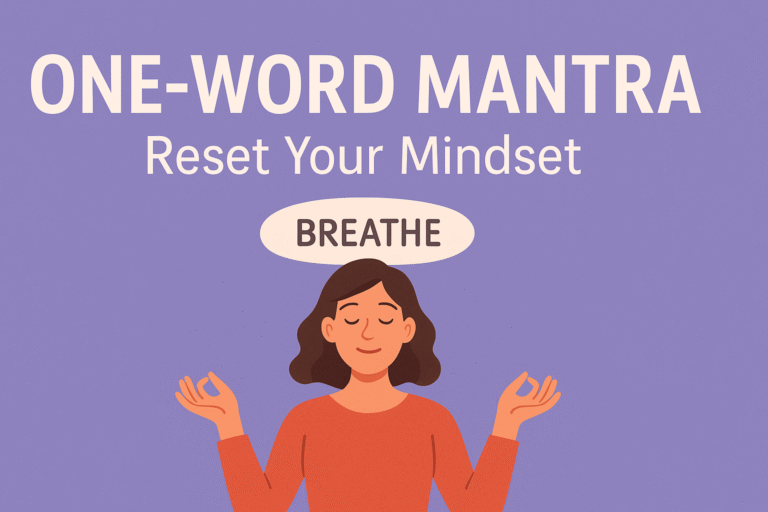Master Decision-Making: Solve Your Problems with Proven Strategies
Hello, my friend! Thank you for choosing the Read and Reflect.
Introduction
Every human faces problems. Some solve them easily, while others struggle to find solutions. If you want to learn proven steps for effective problem-solving, you’re in the right place. These steps are taken from Think Straight, an international bestseller by Darius Foroux.
In this guide, we’ll explore pragmatism and what it means to be a pragmatist, setting the foundation for practical decision-making.
Understanding Pragmatism and Pragmatist Thinking
Pragmatist
A pragmatist is someone who focuses on practical solutions and takes a realistic approach to problems instead of relying only on theories or ideals. They do what works best in real-life situations.
Pragmatism
Pragmatism is a mindset that prioritizes practical solutions over abstract ideas. It is about finding what works and applying it effectively.
How Most People Make Decisions (And Why It’s a Problem)
Psychologists say that most people make decisions based on gut feelings and emotions, without gathering the right information about the problem. This can lead to bad situations. In fact, a study by Psychology Today found that over 90% of people rely on intuition rather than logic when making important decisions, which increases the chances of error.
Many believe that truth is simply “what works”, but that doesn’t mean we should believe everything we hear or read. Instead, we must evaluate what truly works.
Stop Overthinking and Start Solving Problems
Overthinking often keeps people stuck in their problems rather than moving toward solutions. According to the National Science Foundation, the average person has over 60,000 thoughts per day, and 80% of them are negative. To take control, follow these steps:
- Commit to stop overthinking – Shift your focus from the problem to the solution.
- Take control of your mind – Stop letting unnecessary worries and doubts take over.
- Ignore ill-informed opinions – Avoid wasting energy on baseless guesses and external noise.
- Differentiate between facts and truth – Not everything we hear is true; always verify information.
Think Before Agreeing to Something
Opportunities may arise, and you might feel pressured to agree quickly. Before making any commitments, ask yourself:
- Is this really what I want?
- Will this decision align with my long-term goals?
- Is it worth my time and effort?
If the answer is yes, move forward with confidence. A survey by Harvard Business Review found that nearly 70% of professionals regret decisions made too quickly without proper analysis.
Common Mistakes People Make When Solving Problems
Before diving into the right steps, let’s look at what not to do:
- Avoid trial and error – Random attempts may or may not work, and failure without strategy wastes time.
- Don’t rely on social validation – Your problem is unique, and external opinions may not apply to your situation.
- Challenge conventional thinking – Just because something has always been done a certain way doesn’t mean it’s the best way.
Proven Steps to Solve Problems Effectively
- Avoid making impulsive decisions – Rushed choices often lead to complications. Take extra time to think.
- Look for practical solutions – Research and analyze different ways to solve the problem.
- Double-check your decision – Small details can make a big difference.
- Avoid favoritism – Letting emotions influence decisions can lead to unfair choices and bigger problems.
- Focus on action instead of “why” – Instead of dwelling on why a problem happened, think about how to overcome it and prevent it in the future.
Statistics on Decision-Making and Problem-Solving
- According to a Stanford University study, people who take a structured approach to problem-solving improve their success rate by over 50% compared to those who rely on intuition alone.
- Deloitte research shows that organizations with clear problem-solving strategies are 3 times more likely to achieve their long-term goals.
- The American Psychological Association (APA) found that people who analyze multiple solutions before making a decision are 40% more successful in achieving desired outcomes.
Be a Pragmatist: Make Practical Decisions and Move Forward
The best way to handle problems is through practical decision-making. Stand by your decision and move forward.
Looking back is only useful if it helps you learn from past mistakes. So yes, look back, but don’t stare for too long—because life happens now.
Explore More Lessons
- Commitment Mindset: Why the Most Successful People Never Quit
- When Plan A Falls Through: How to Pick a Strong Backup Career
- Mindful Scrolling: 3 Simple Rules to Curb Social Media Anxiety
Conclusion
Effective problem-solving is not about relying on luck or emotions but about taking a practical and informed approach. Studies show that structured decision-making improves outcomes significantly. By eliminating overthinking, avoiding common mistakes, and following proven steps, you can navigate life’s challenges more efficiently.
Remember, the key to success is action. Don’t get stuck analyzing endlessly—take steps, learn from experience, and move forward with confidence. When you adopt a pragmatic mindset, every challenge becomes an opportunity for growth.
“A problem well stated is a problem half solved.” -- John Dewey
Discover more from ReadAndReflect
Subscribe to get the latest posts sent to your email.








